The views expressed in our content reflect individual perspectives and do not represent the authoritative views of the Baha'i Faith.
The Festival of Naw-Ruz, one of five annual Baha’i festivals, starts the Baha’i year on the very first day of spring.
On March 21, 2010, the United Nations marked the first “International Day for Nowruz” (Persian, “New Day”), an ancient spring festival of Persian origin. Also the Zoroastrian New Year’s Day, Naw-Ruz has been celebrated for over 3,000 years, and is enjoyed today by more than 300 million people worldwide as the beginning of the new year.
Naw-Ruz may be sacred or secular, depending on the setting. For Baha’is, Naw-Ruz is sacred, imbued with the symbolism of spiritual renewal.
“Naw-Ruz is our New Year, a Feast of hospitality and rejoicing“
As the first day of the Baha’i New Year, Naw-Ruz coincides with the spring equinox in the Northern Hemisphere, which typically occurs on March 21. However, since Baha’u’llah enjoined that this festival be celebrated on whatever day the sun passes into the constellation of Aries – that is, the vernal equinox – Naw-Ruz could fall on March 19, 20, 21, or 22, depending on the precise time of the equinox.
Baha’i communities typically observe Naw-Ruz and meetings that combine prayerful devotions with joyous fellowship. The Guardian of the Baha’i Faith, Shoghi Effendi, said “Naw-Ruz is our New Year, a Feast of hospitality and rejoicing.” – Directives from the Guardian
Baha’is from Iranian backgrounds may follow some traditions associated with the ancient Persian festival, but these cultural practices are kept distinct from the religious observance itself. To augment the festive joy, signal events are often scheduled to take place on Naw-Ruz, being an ideal time for momentous announcements as well.
The Bab, precursor and herald of Baha’u’llah, created a new calendar – called the Badi (which means “Wondrous” and “New”) calendar. It consists of 19 months of 19 days each, with four intercalary days (five in leap years) to round out the solar year. The only religious festival that the Bab instituted was Naw-Ruz. His calendar marks the first day of the new year as Naw-Ruz, which the Bab specifically set apart in honor of “Him Whom God shall make manifest,” whose advent the Bab foretold:
God hath called that month the month of Baha, meaning that therein lieth the splendour and glory of all months, and He hath singled it out for Him Whom God shall make manifest. – The Bab, Persian Bayan 5:3; provisional translation by Saiedi, Gate of the Heart
Because this day was singled out “for Him Whom God shall make manifest,” Baha’is view Naw-Ruz as highly symbolic. Its observance among the followers of the Bab pointed forward to that messianic figure for whose imminent advent it was the Bab’s professed mission to prepare the world – Baha’u’llah. The Bab described Naw-Ruz as the Day of God, on which goodly acts performed would receive the recompense for same acts as though performed for an entire year.
“Naw-Ruz not only heralds the advent of spring, but also symbolizes a spiritual springtime”
Baha’u’llah preserved and adapted several of the Bab’s major laws to be observed by the Baha’ıs, formally ordaining Naw-Ruz as a festival for those who have observed the period of the 19-day Baha’i fast which precedes Naw-Ruz:
O Pen of the Most High! Say: O people of the world! We have enjoined upon you fasting during a brief period, and at its close have designated for you Naw-Ruz as a feast. Thus hath the Day-Star of Utterance shone forth above the horizon of the Book as decreed by Him Who is the Lord of the beginning and the end. – Baha’u’llah, The Most Holy Book
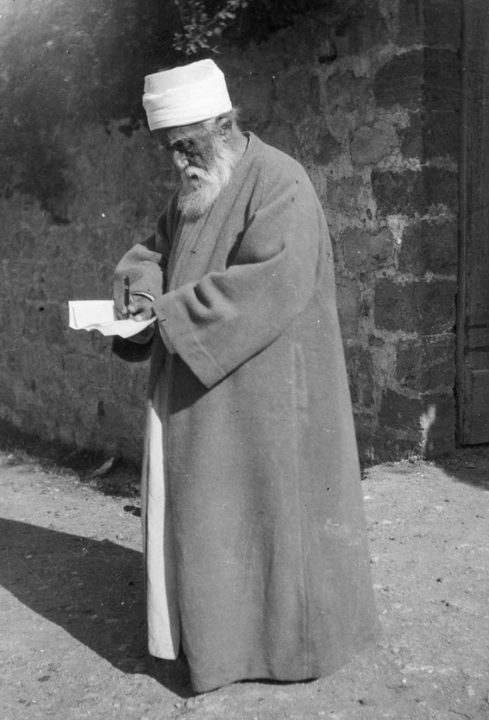
Unlike the other Baha’ı holy days, which commemorate historic events in Baha’ı history, Naw-Ruz has religious significance primarily due to its symbolism of renewal. As an Indo-European language, Persian is distantly related to English, which explains why the word “naw” (pronounced “no”) in Persian is similar to the English word “new.” In that way, Naw-Ruz not only heralds the advent of spring, but also symbolizes a “spiritual springtime.” On a personal level, the Festival of Naw-Ruz is a time for renewal. On the occasion of Naw-Ruz in 1906, Abdu’l-Baha, the successor to Baha’u’llah, wrote to the American Baha’ıs saying, in part:
It is New Year … now is the beginning of a cycle of Reality, a New Cycle, a New Age, a New Century, a New Time and a New Year. … I wish this blessing to appear and become manifest in the faces and characteristics of the believers, so that they, too, may become a new people, and … may make the world a new world, to the end that … the sword be turned into the olive branch; the flash of hatred become the flame of the love of God … all races as one race; and all national anthems harmonized into one melody. – Abdu’l-Baha, Tablets of Abdu’l-Baha
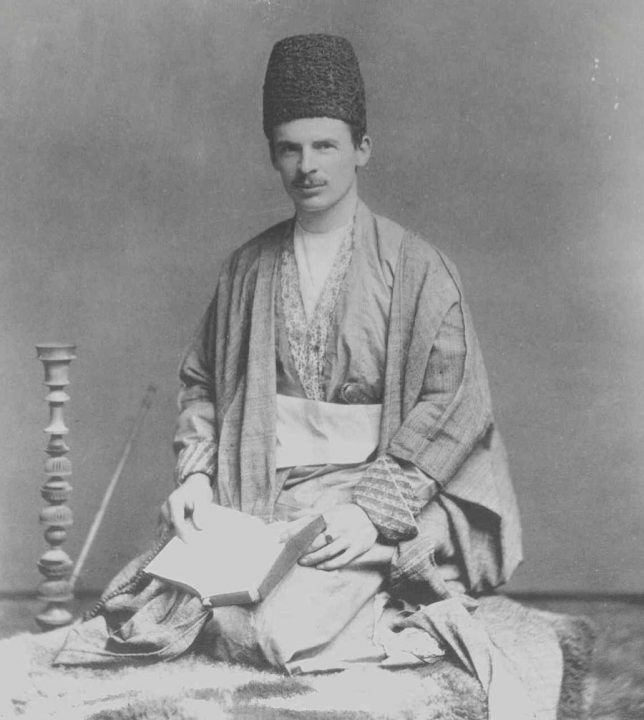
In this way this ancient Zoroastrian holy day and Persian springtime festival has been transformed into a Baha’ı holy day, which has, as its animating purpose, the creation of a new world in which a new era of peace and prosperity may be brought about through the universal Baha’ı principles of unity through diversity, famously expressed by Baha’u’llah in 1890 during an historic visit by Cambridge orientalist Edward G. Browne, in these oft-quoted words:
That all nations should become one in faith and all men as brothers; that the bonds of affection and unity between the sons of men should be strengthened; that diversity of religion should cease, and differences of race be annulled—what harm is there in this? … Yet so it shall be; these fruitless strifes, these ruinous wars shall pass away, and the “Most Great Peace” shall come. – The Proclamation of Baha’u’llah
Baha’ıs see this “New Day” as having transformed the vernal equinox into a universal celebration of the oneness of humanity.




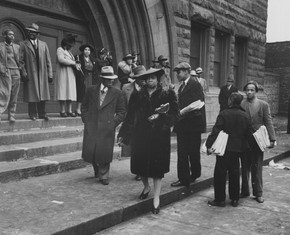

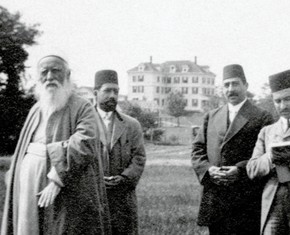


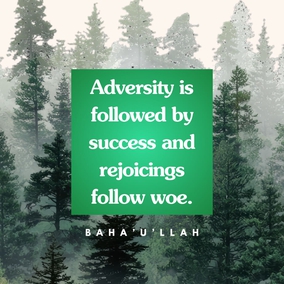
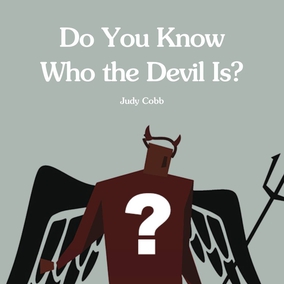


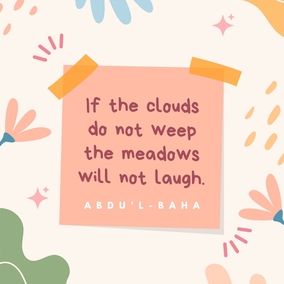
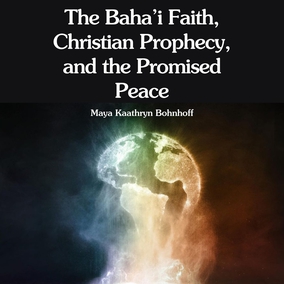

Comments
Sign in or create an account
Continue with Googleor